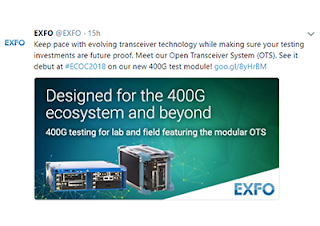Sir Charles Kuen Kao, recipient of the 2009 Nobel Prize in Physics, passed away on September 23rd in Hong Kong.
Dr. Kao, who was often called the "Father of Fibre Optics", is credited with breakthrough research in the realization of fiber optics as a telecommunications medium in the 1960s while at Standard Telecommunication Laboratories (STL) based in Harlow, UK. He earned his Ph.D. in electrical engineering in 1965 from University College London.
Over his career, Dr. Kao published more than 100 papers and was granted over 30 patents. He was the founder of the Department of Electronics at Chinese University of Hong Kong and later became vice chancellor of the university. In 2010, he was awarded the Most Excellent Order of the British Empire (KBE).
IEEE posted the following tribute to Dr. Kao
https://spectrum.ieee.org/tech-talk/tech-history/cyberspace/remembering-the-remarkable-feat-of-charles-kao
Dr. Kao, who was often called the "Father of Fibre Optics", is credited with breakthrough research in the realization of fiber optics as a telecommunications medium in the 1960s while at Standard Telecommunication Laboratories (STL) based in Harlow, UK. He earned his Ph.D. in electrical engineering in 1965 from University College London.
Over his career, Dr. Kao published more than 100 papers and was granted over 30 patents. He was the founder of the Department of Electronics at Chinese University of Hong Kong and later became vice chancellor of the university. In 2010, he was awarded the Most Excellent Order of the British Empire (KBE).
IEEE posted the following tribute to Dr. Kao
https://spectrum.ieee.org/tech-talk/tech-history/cyberspace/remembering-the-remarkable-feat-of-charles-kao

















